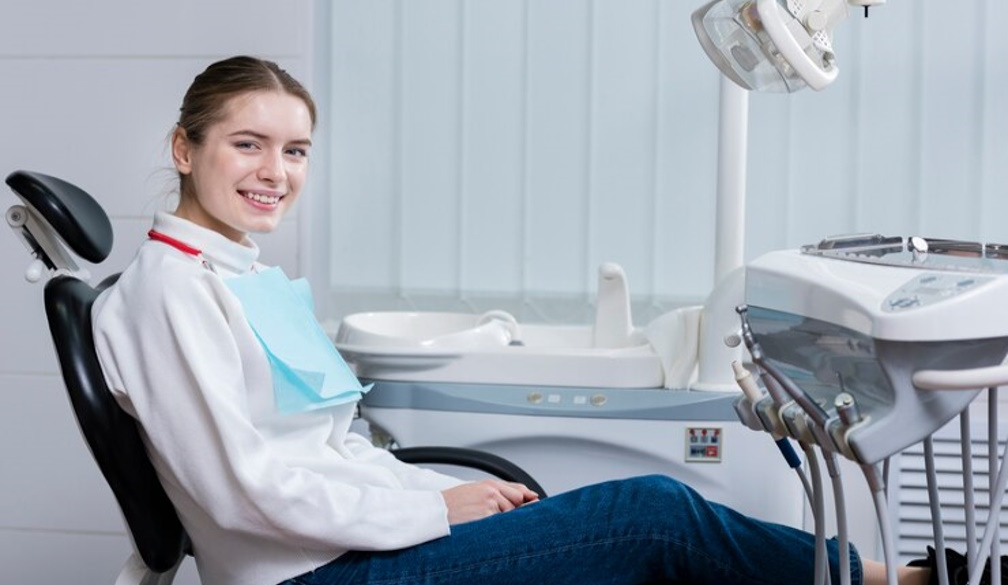Give yourself and those around you something to smile with and about. Schedule a dental check-up today.
- Written by The Times

Research shows that Australians are 3rd in a list of nations with the worst teeth. We have a history of tooth decay. Some families have genes that predestine others for more oral health issues, but there are factors we CAN control.
Sydney, get your smiles ready. Summertime is beach time, camera time, and smile season. Brushing, flossing, and rinsing with mouthwash are the minimum maintenance actions we can practice. They can mitigate stains from coffee, or red wine, but without thorough cleaning, abnormalities go undetected until pain arrives.
Let's set a goal of beating pain to the dentists in Burwood, Strathfield, or Croydon areas in Sydney. Schedule a check-up and let a professional identify and prioritise any further treatment needs, if necessary. Regular check-ups allow your dentist to maintain familiarity and identify any dental health changes sooner.
Poor oral health can lead to risks of heart disease, oral cancer, pregnancy complications, and low birth weight. Those sound far worse than pain, root canals, unattractive teeth, or terrible breath that makes people recoil when you speak.
You can be happy and not smile but no one else will know. Our facial expressions are a big part of our communication. When you can’t proudly speak or smile, you cut your own personality down. Don’t cage your happiness behind your lips. A dentist can help you reveal pearly whites if they are not so now.
An orthodontist gets involved for metal or ceramic braces, jaw realignment for over/underbite, or palatal expansion. These are from extended dental health neglect, disease, or heredity and can still be corrected.
Don’t limit your diet to ground beef when you want a steak. Your family dentist can identify the needs for fillings, inlays, sealant, and extractions. A root canal and veneer can save your tooth from removal. Natural is always better as long as you can keep them. If they can't fix or keep it, they can replace a failed tooth with an implant.
Do you suffer from sleep apnea? Get to your dentist and save your life or the life of your loved one who suffers. Your dental professional will identify which oral appliance will best relieve your symptoms.
Some of our most shocking dental health statistics apply to our children. The government has a dental assistance scheme to support families with biannual cleaning and basic dental costs for their children. They know the importance of oral health and when the government is giving it is worth the application time to see if you or the situation meets their criteria. Programs that help people are the heart of why I pay taxes.
This world needs more smiles and laughter. In my travels, I've seen more teeth from people with the least possessions. They don’t tend to let decay limit their happiness. The source of our smiles. I want you to be happy and spread happiness. Tell more jokes, spread more love, and watch faces light up in an, at times, difficult world.


















